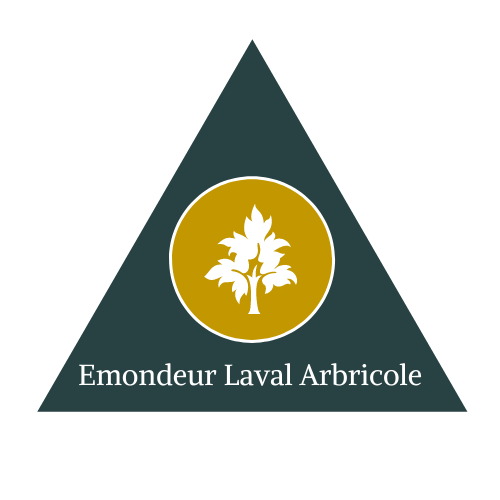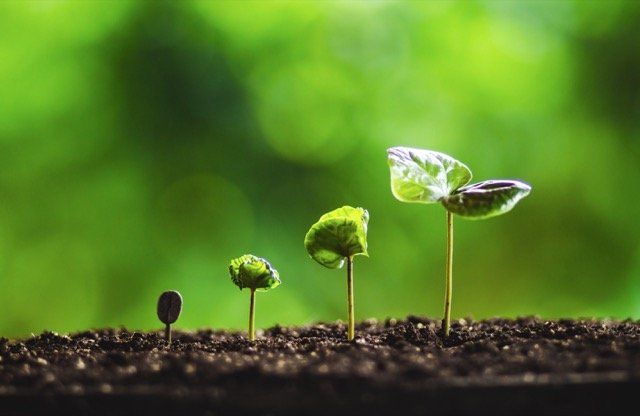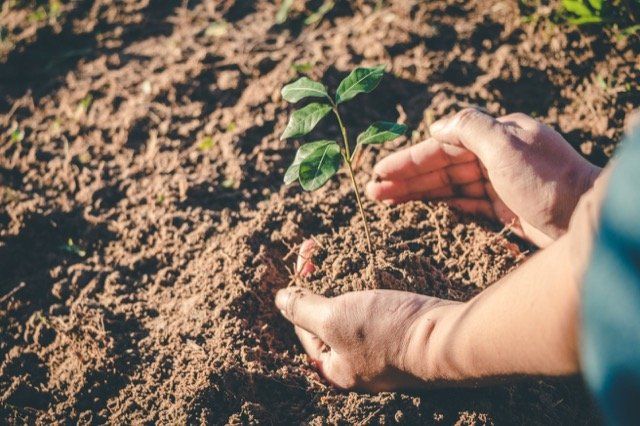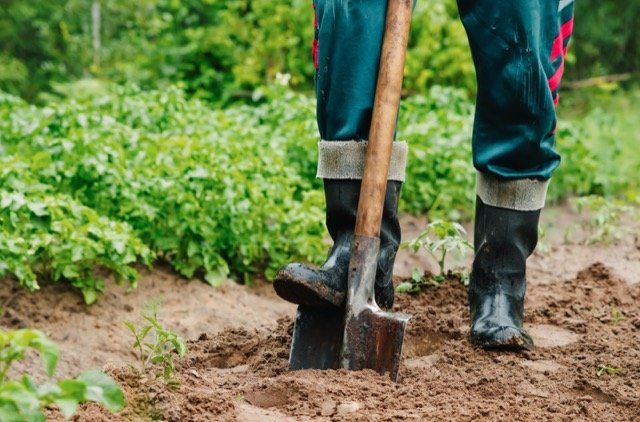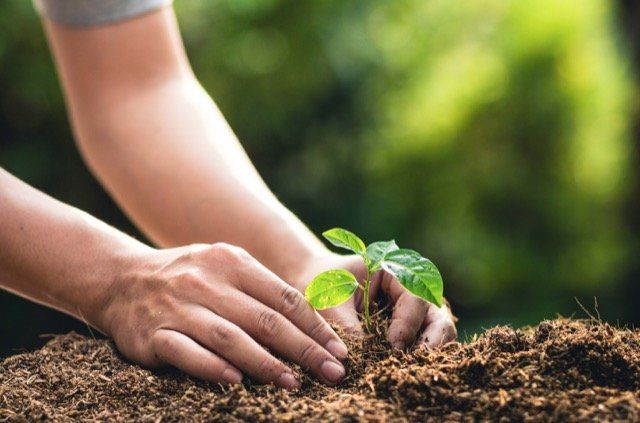To plant a tree or shrub, especially if it is young and close to the ground, it is advisable to choose a cool, windless day. The earth where the hole will be dug should be moist, but not excessively. If the land is dry, flooded or frozen, it is better to postpone planting and transplanting trees. Before planting, weeds must be removed before digging the hole. To achieve a quality plantation, several things must be taken into account:
Émondeur Laval Arbricole
Planting and Transplanting Trees in Laval
Free estimate
Soumission Emondage Laval
Transplantation with Émondeur Laval
The reasons that lead us to transplant trees are diverse. For example, lack of space foresight is common due to ignorance of the size a species acquires in adulthood. On other occasions, our arborists will tell you that the plants may suffer deficiencies in the soil or parasitic infestations, so we try to establish a treatment and carry out a transplant.
Transplantation can be more complicated if:
• The specimen to be transplanted is large, it is best to contact professional companies in your area. We are specialists in this type of service and we have the necessary machinery to perform the transplant.
• Each graft we perform on the plant is a huge trauma for the plant: it loses its roots and is pruned. The change of location also affects it along with other factors like: sun, shade, type of soil, wind, etc.
• There are more difficult species to transplant.
• The tree is mature: it will then be necessary to equip yourself with more efficient material tools (such as an excavator for the works) to make a big hole.
Root pruning for transplanting
When a specimen reaches the desired size, especially if it is grown in a container, one way to prevent its development is to prune the roots when transplanting.
Root pruning is used to limit the development of a plant. It is a method that is carried out during the dormant period to avoid damage to the plant. This period is between late autumn to winter, or during the dry season in the case of mild climates.
Things to consider are:
- Take care that the root ball does not open or crumble.
- The roots should not be very long and the damaged ones should be removed.
- Providing a specific substrate for the grafts will provide the plant with nutrients and hormones
Steps to transplantation
Step 1: Remove the plant from the pot. Prune the roots that come out of the drainage holes and immerse the plant in water for a few minutes to facilitate its extraction from the pot. In some cases, it will be necessary to break the pot.
Step 2: Reduce the root ball. Using a sharp knife or secateurs, the root ball can be lowered. The roots must be disentangled and cut.
Step 3: Maximum: one third. The volume of the clod can be reduced to two thirds of the initial size. Then, we proceed as for any transplant.
Each large tree is unique and requires a detailed plan to transplant or move it. For example, to plant a maple you should know that the best time is in autumn. It is important to know the specifics of the trees you want to plant so that transplanting is not a problem and the tree can continue to live. With planning, it is possible to find the best solutions for transplanting large trees that are safe. Tools and processes have been developed to enable our entire team of experienced forestry workers to design and implement large tree transplant solutions throughout Laval.
Only our tree moving technicians are trained on the exclusive processes to be carried out and on the use of specific machines that guarantee the transplantation. Transplanting tall trees often requires moving the tree over a period of time. A tree relocation program allows you to better meet the needs of the species and ensure the success of your landscaping project.
The most suitable periods for planting and transplanting
Some months are more suitable than others. In the case of deciduous trees and shrubs, the ideal is to wait until they enter their vegetative shutdown phase and plant them in autumn or winter. This precaution is important when it comes to a soil-to-soil transplant, because when the specimen inevitably loses part of its root system, the developing leaves suffer from the lack of water. It should also be taken into account that not all species tolerate this loss. However, if the ground is frozen, very wet or too dry, it is not recommended to do this.
• September is the ideal month to plant trees, arbutus, oleander, olive trees, laurels and many berry bushes, allowing them to flower better the following season.
• On the other hand, October is the best month for planting or transplanting winter-flowering shrubs: magic hazel (Hamamelis mollis), Japanese quince (Chaenomeles speciosa), kerrias, roses (also in February) and conifers in general.
• December is a good time to plant or transplant ginkgos, sweetgums and catalpas, as long as the ground is not frozen or excessively wet.
Planting trees is synonymous with life: it's good for people and it's good for nature. This is why Émondeur Laval offers you a planting and transplanting service. If you want to have more information on the subject and learn more about our services, fill out the contact form or call us at (450) 231-7333
